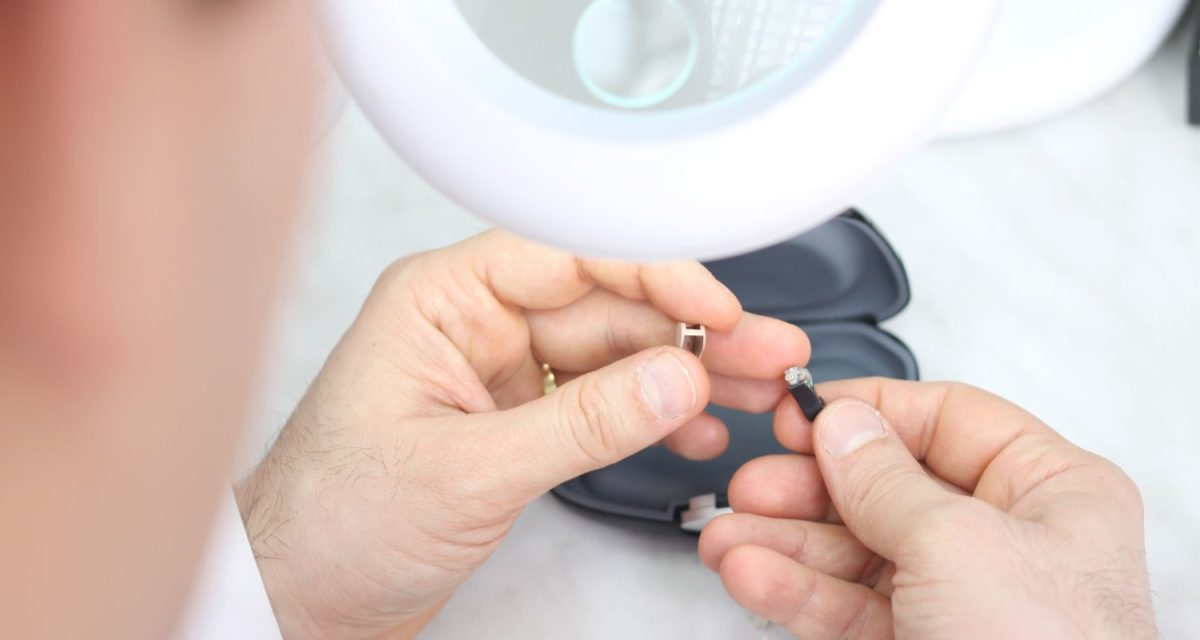HEARING LOSS and HEARING AIDS
Hearing loss is much more common than many people likely assume. It affects over 13% of the U.S. population over the age of 18. And though statistics show that over two-thirds of these people endure their condition without seeking appropriate treatment, that is still a huge number of people that use hearing aids. Over seven percent of Americans 45 years old and older use a hearing aid. Sadly, studies show that among those who do use hearing aids, they waited an average of seven years between first suspecting they should do so and finally starting to. There is no excuse for this.
BASIC HEARING AIDS FEATURES
Even the most basic hearing aids today are more effective than the most advanced of previous generations. But all hearing aids still depend on four basic elements: the microphone, the processor, the receiver and the power source. Most of the advancements that have been made over the years have to do with the sophistication of the processor.
The microphone receives the sound of the environment and transmits it to the processor. The processor boosts the signal and passes it on to the receiver, which conveys it to the ear canal. The power source charges the whole thing.
All sorts of factors help determine which model is just right for you. But specialists recommend choosing your model with these four additional factors in mind: the telecoil, Bluetooth, a pleasing and comfortable design, and rechargeable batteries.
The telecoil has been an element of hearing aids for a long time, but improvements in both its role in hearing aids and in culture in general have made it more useful and convenient than ever before. A telecoil receives electromagnetic signals directly to the processor, bypassing the microphone. This improves the signal to noise ratio and eliminates the threat of feedback in public performances, exhibits, religious services, or tours.
A more recent advancement that works similarly is Bluetooth compatibility. This allows people to connect their hearing aids directly to their personal devices, such as smart phones or the sound bar on their TV. Users are universally impressed by the difference this has made for talking on the phone or enjoying their entertainment. A precursor to this development that is still commonly used in classrooms is FM compatibility.
Advancements in cosmetic appearance and comfort have made hearing aids more discreet than ever. And the option for behind the ear or in the ear styles are a matter of personal preference. Both options are available in many varieties.
Rechargeable batteries are commonly found to be much more convenient than traditional disposable batteries.
OTHER FEATURES
Given that each person’s hearing loss is unique, each person’s needs from their hearing aids are unique. Here are other common features that people often choose.
Wireless Hearing Aids: Binaural processing technology allows the two hearing aids to function as one synchronized unit instead of two separate devices.
Directional Microphones: These systems boost sounds coming from in front of you and diminish sounds coming from the rear. This helps with clarity and focus.
Digital Noise Reduction: These systems analyze the signal to determine what noise is likely unwanted, for example the dull roar of passing traffic, and filters these sounds out.
Impulse Noise Reduction: Similarly to Digital Noise Reduction, this feature recognizes transient sounds such a the clank of silverware and instantaneously reduces their volume.
Wind Noise Reduction makes a world of difference for people who spend a lot of time outside.
Feedback Management Systems protect against and minimize the effects of the inevitable irritant of feedback.
Data Logging: This feature stores information about the different environments you’ve been in and your selected preferences in each and allows your technician to access these. This allows them to customize your hearing aids with greater precision.
YOU KNOW BEST WHAT’S RIGHT FOR YOU
Some new premium models feature advanced AI technology. Some help mask tinnitus. Some are waterproof for extended periods. Only you know your needs and your budget and what features take priority. But one thing is clear, taking action and investing in hearing aids will bring the world back to life for you, with ease and comfort. Make an appointment today to visit one of our specialists and start your new journey to being your most alive and most present self.

